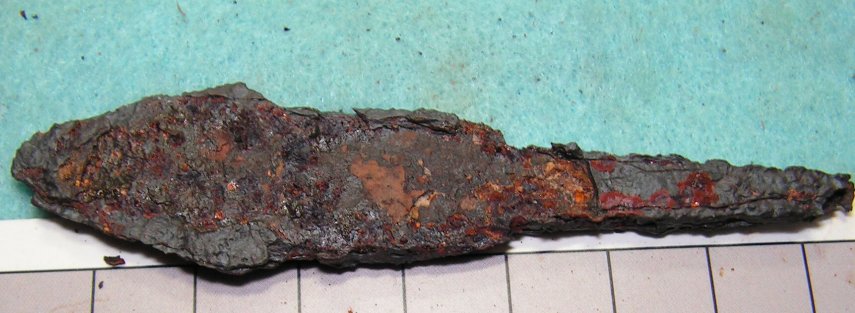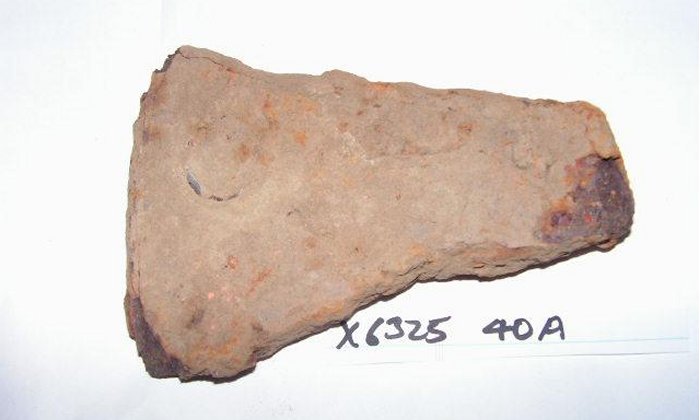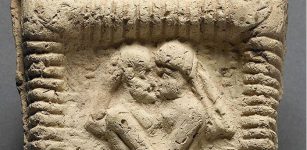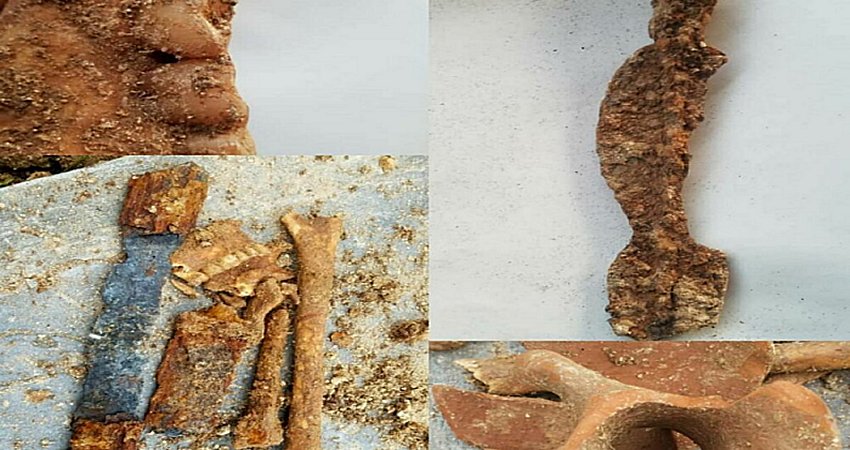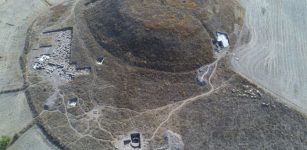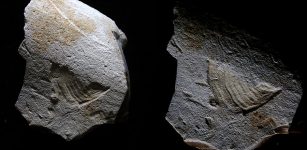Spearheads – The Chemical Fingerprint Of Viking Weapons – New Study
Conny Waters – MessageToEagle.com – A new study examining the chemical makeup of iron artifacts from the Viking age aims to uncover new insights into where they came from that could reveal previously unknown information about historic events.
Credit: University of Nottingham
Scientists from the University of Nottingham are leading the study that will examine 90 iron Viking-age artifacts. These are weapons that were used in battles at Fulford in North Yorkshire and Bebington Heath on the Wirral. Other material comes from the Viking camp at Torksey in Lincolnshire, and from the former Viking seaport of Meols.
Fulford was the location for a battle in AD 1066 between Norse invaders and the Anglo-Saxons, immediately before the better-known battle of Stamford Bridge.
The archeological material consists of iron weapons found at a number of short-lived iron recycling sites that were abandoned by the Norse victors at Fulford when they were defeated at Stamford Bridge five days later. The iron material from Bebington Heath was recovered from the possible location of the AD 937 battle of Brunanburh, between Norse-Scottish and Anglo-Saxon armies.
Credit: University of Nottingham
The material has been typologically assigned to the late Saxon/Viking period and shows parallels with the artifacts from Fulford. Torksey, Lincs, in the Lower Trent Valley, was the site of the winter encampment of the Viking Great Army in AD 872-873, and ironworking is documented at the site.
The researchers from Nottingham are working with the University of Toulouse (Dr. Jean Milot), the University of York (Professor Dawn Hadley and Professor Julian Richards), Fulford Battlefield Society (Chas Jones) and the Nottinghamshire-based British Geological Survey at Keyworth (Professor Jane Evans) to identify the chemical isotope signature of the iron using lead, strontium, and iron isotope analysis.
Credit: University of Nottingham
Lead isotope analysis has proved effective for provenancing ancient metal artifacts of silver and copper, and the team have already conducted a successful pilot study on a smaller sample of artifacts that showed this combination of analyses is effective for provenancing iron artifacts, even when the items are highly corroded.
“In this study we will be testing our hypothesis that it is possible to use isotope analysis with iron to pinpoint more specifically than ever before where the artifact originates from. If successful, it could lead to this method being used with many more historic artifacts, which will help us learn more about historic events and people,” says Professor Stephen Harding, expert in the scientific study of Viking artifacts and research lead.
Professor of Mediterranean Prehistory Mark Pearce adds, “This is an exciting collaboration that will use the latest scientific techniques to reveal the unique isotope composition of these ancient artifacts and how this informs us where they were made. The project will revolutionize our understanding of archeological iron objects, finally giving us a method accurately to pinpoint their origin.”
Written by Conny Waters – MessageToEagle.com – AncientPages.com Staff Writer

